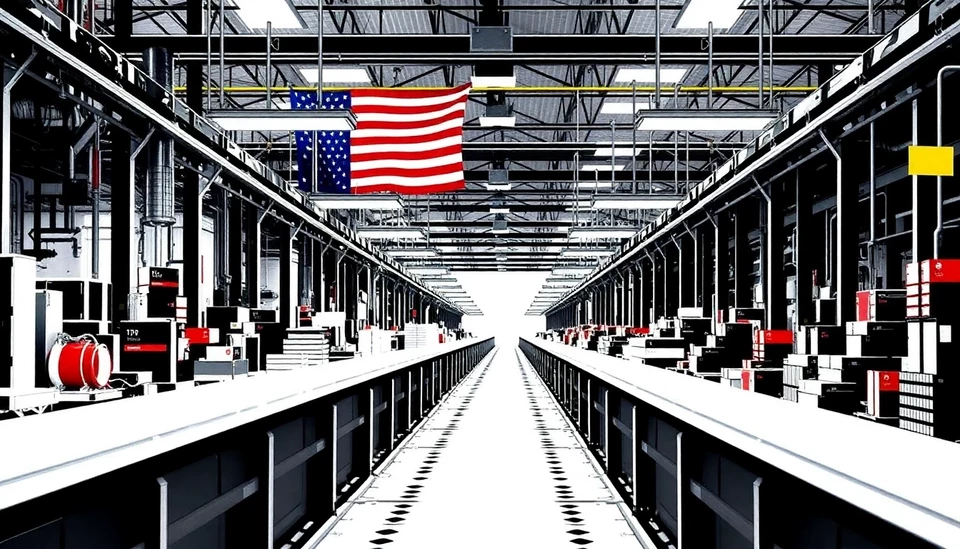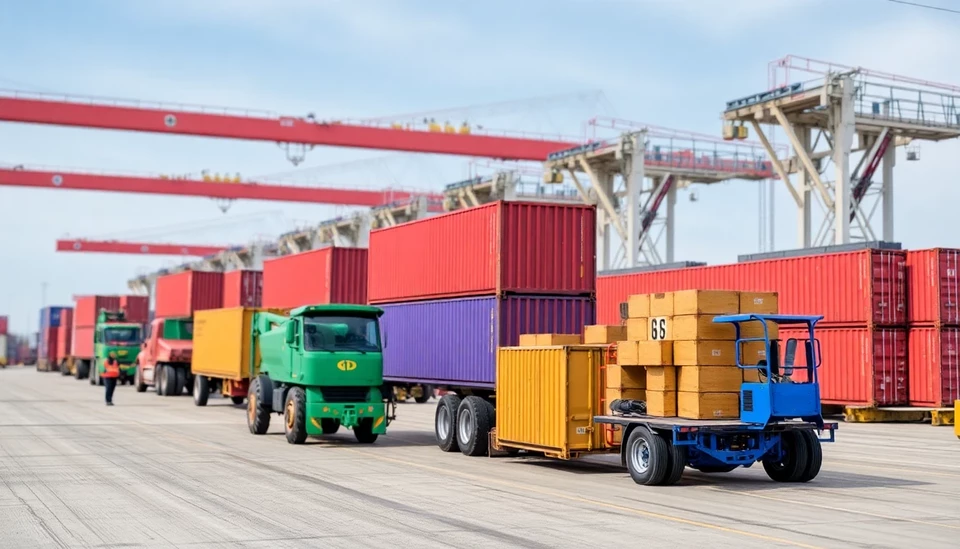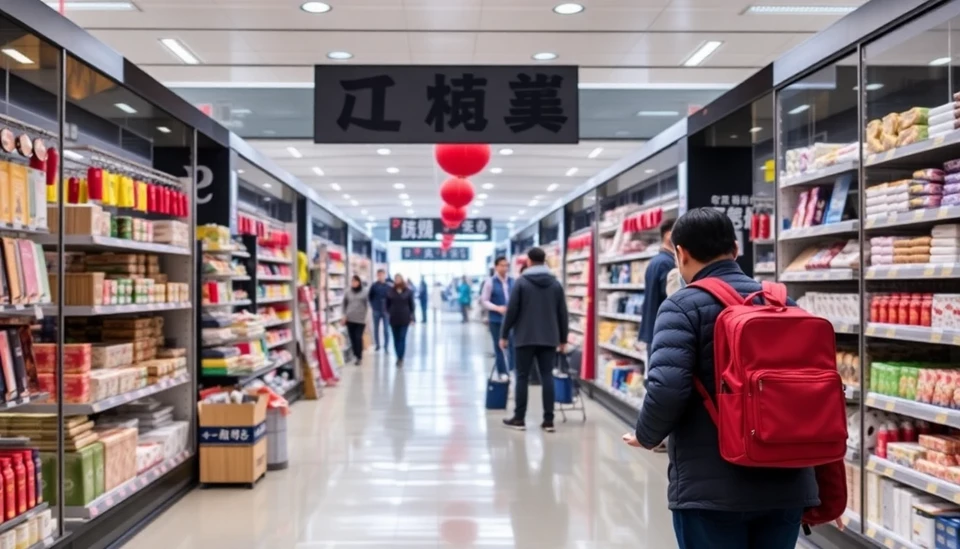
In the lead-up to the 2024 election, former President Donald Trump has rekindled his iconic promise of a manufacturing resurgence in the United States. However, as various industries evaluate the feasibility of Trump's grand vision, many are expressing skepticism about the potential for a true renaissance in American manufacturing. While Trump asserts that his policies will facilitate a robust boom, industry experts highlight a myriad of challenges that could thwart these ambitions.
Trump's rhetoric emphasizes the revival of American manufacturing jobs, a cornerstone of his pre-election campaign strategy. He envisions a future where U.S. factories operate at peak efficiency, generating jobs and driving economic growth. This vision aims to empower not only the manufacturing sector but also the working-class voters he seeks to rally for support.
However, experts in the field remain cautious, noting that a multitude of factors currently dampen the prospects for significant manufacturing growth. Issues such as supply chain disruptions, the ongoing challenges related to skilled labor shortages, and escalating material costs are highlighted as key concerns for many manufacturers across the nation.
Furthermore, analysts indicate that geopolitical tensions and trade policies could also be significant barriers to achieving the promised manufacturing boom. The impacts of competition from abroad and fluctuating tariff structures contribute to an uncertain landscape for U.S manufacturing companies, who often weigh these factors heavily when making investment decisions.
One of the most pressing challenges is the lack of a skilled labor force equipped to handle advanced manufacturing technologies. Initiatives to train and educate workers in the necessary fields have been sluggish, raising questions about the immediate availability of workers needed to meet any potential surge in manufacturing demand. Many sectors, particularly in technology-driven industries, are calling for immediate reforms and increased investment in vocational training.
Additionally, Trump’s former administration's policies on tariffs have had mixed results. While some manufacturers initially benefited from protective tariffs on foreign goods, others have struggled under the weight of increased costs for raw materials. This dichotomy creates an uneven playing field in which the expected benefits of domestic manufacturing support are not universally felt.
As the 2024 election looms closer, the voices of skeptics grow louder, urging discerning citizens to critically evaluate Trump's promises of an industrial boom. While the aspiration for a vibrant manufacturing sector is an appealing prospect, the details matter. Evidence points toward a need for comprehensive planning, collaboration among stakeholders, and realistic timelines to truly realize Trump's vision.
With a changing economic landscape and an electorate looking for genuine solutions, the question remains: can Trump's vision translate into reality, or will it merely remain a powerful campaign slogan?
In summary, while the nostalgic call for a manufacturing boom resonates with many, the actual conditions required to support such an initiative are fraught with complications. As industries ponder the future, it is apparent that the road ahead for manufacturing in America is paved with both promise and uncertainty.
#Manufacturing #Trump2024 #Economy #FactoryJobs #Election2024 #LaborMarket #TradePolicy
Author: Daniel Foster




